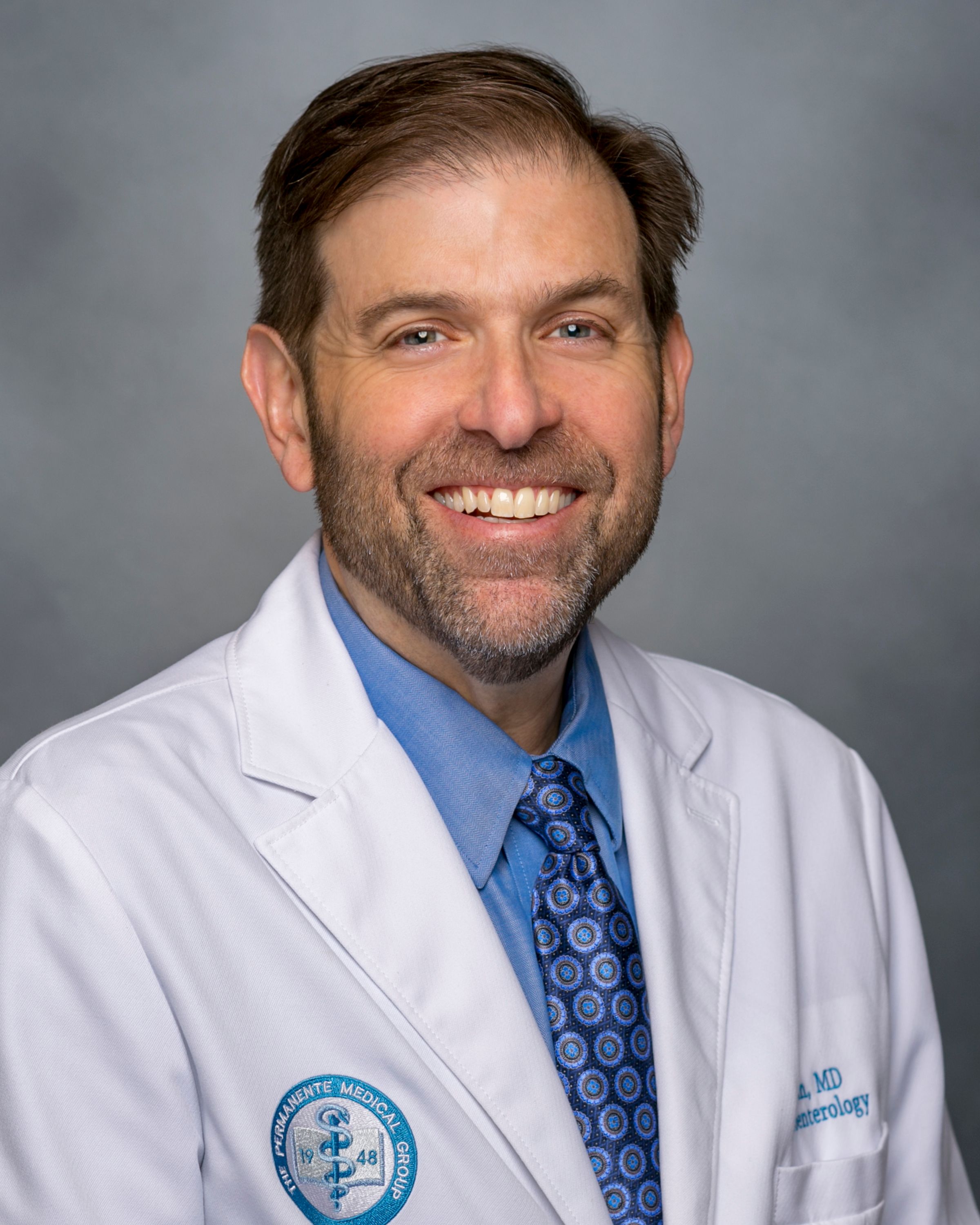- Center on Health Equity and Access
- Clinical
- Health Care Cost
- Health Care Delivery
- Insurance
- Policy
- Technology
- Value-Based Care
Dr Theodore R Levin Discusses Implications of Screening Program on Increasing Screening Rates for CRC
Theodore R. Levin, MD, discusses new study he coauthored, which found that screening rates for colorectal cancer (CRC) increased across all demographics when using automated and personalized reminders.
An automated, consistent process for outreach about colorectal cancer screening can help reach more patients and increase screening rates, according to Theodore R. Levin, MD, a research scientist at the Kaiser Permanente Northern California Division of Research and a gastroenterologist with The Permanente Medical Group.
Levin recently coauthored a study published in JAMA Network Open entitled “Colorectal Cancer Screening After Sequential Outreach Components in a Demographically Diverse Cohort,” which found that screening in colorectal cancer (CRC) had increased across all demographics after the implementation of a screening program that sent both automated and personalized reminders to patients in the Kaiser Permanente Northern California system. He spoke with The American Journal of Managed Care® (AJMC®) about the implications of this study and what factors into improving screening in the future.
This interview has been edited for formatting and conciseness.
AJMC: The study “Colorectal Cancer Screening After Sequential Outreach Components in a Demographically Diverse Cohort,” focuses on increasing screening rates in people aged 50 to 75 years across all demographics. What is the importance of looking at the number of screenings occurring in each demographic group?
Levin: We need to understand whether particular demographic groups (men vs women, groups by race or ethnicity) are less likely to be screened so we can try to design tailored approaches to reach those groups.
AJMC: The Kaiser Permanente screening program features both automated and personalized components, including the mailing of FIT kits, automated reminders, and phone calls from primary care physicians. What makes each component of the screening process important to the overall program?
Levin: The automated component allows everyone to get the invitation to screen, regardless of whether they come in for a visit or have any contact with the health care system. This is sufficient for about two-thirds of people due for screening. The remaining third need encouragement from someone they know and trust. Having the automated system frees up the people needed to reach the harder to reach third, allowing us to focus on people who really need the encouragement to complete screening.
Dr Theodore R. Levin | Image credit: Kaiser Permanente

AJMC: The study found that screening for CRC increased across all demographics when using this screening program. What is the biggest takeaway that you get from this result? Do you think access to a FIT test played an increased role in patients being willing to screen for CRC?
Levin: Having a consistent process that reaches everyone and reminds physicians and staff who is still unscreened helps to mitigate unconscious bias. We don't rely on an individual doctor to remember to check if their patient is due. The system makes it obvious and there is accountability across the board.
AJMC: Despite the increase in CRC screening across the board, patients aged 50 to 55 years along with Black, Native American, Hispanic, and Native Hawaiian/Pacific Islander patients had lower rates of screening compared with their reference groups. Can the screening program be modified in any way to more directly help these groups to increase their screening rates?
Levin: We need to find ways to establish personal connection with people in these groups. Hearing from someone they trust can help a lot.
Younger people are less likely to screen. They have competing life events — demanding jobs, are needed to care for children and aging parents, and may not have as much personal experience with cancer. People older than 65 years of age have less work demands and likely have personal experience knowing someone with cancer.
For the lesser screened group, we believe that our staff who are from those same groups can be helpful in building connections and trust. We still have more to learn about the barriers and facilitators of screening from the lower screening groups.
AJMC: What should future research be focused on regarding improving screening rates in CRC?
Levin: We have research ongoing to understand why younger men who are Black, Hispanic, or Latino are less likely to screen. This will be a combination of descriptive analysis of our databases as well as focus group based qualitative analysis.
Frameworks for Advancing Health Equity: Urban Health Outreach
May 9th 2024In the series debut episode of "Frameworks for Advancing Health Equity," Mary Sligh, CRNP, and Chelsea Chappars, of Allegheny Health Network, explain how the Urban Health Outreach program aims to improve health equity for individuals experiencing homelessness.
Listen
Decitabine, Venetoclax Combo Boosts Survival in Patients With AML and MDS
May 16th 2024Study findings demonstrate that combining decitabine with venetoclax enhances molecular response rates in patients with acute myeloid leukemia (AML) and myelodysplastic syndromes (MDS), correlating strongly with improved clinical outcomes and overall survival.
Read More
